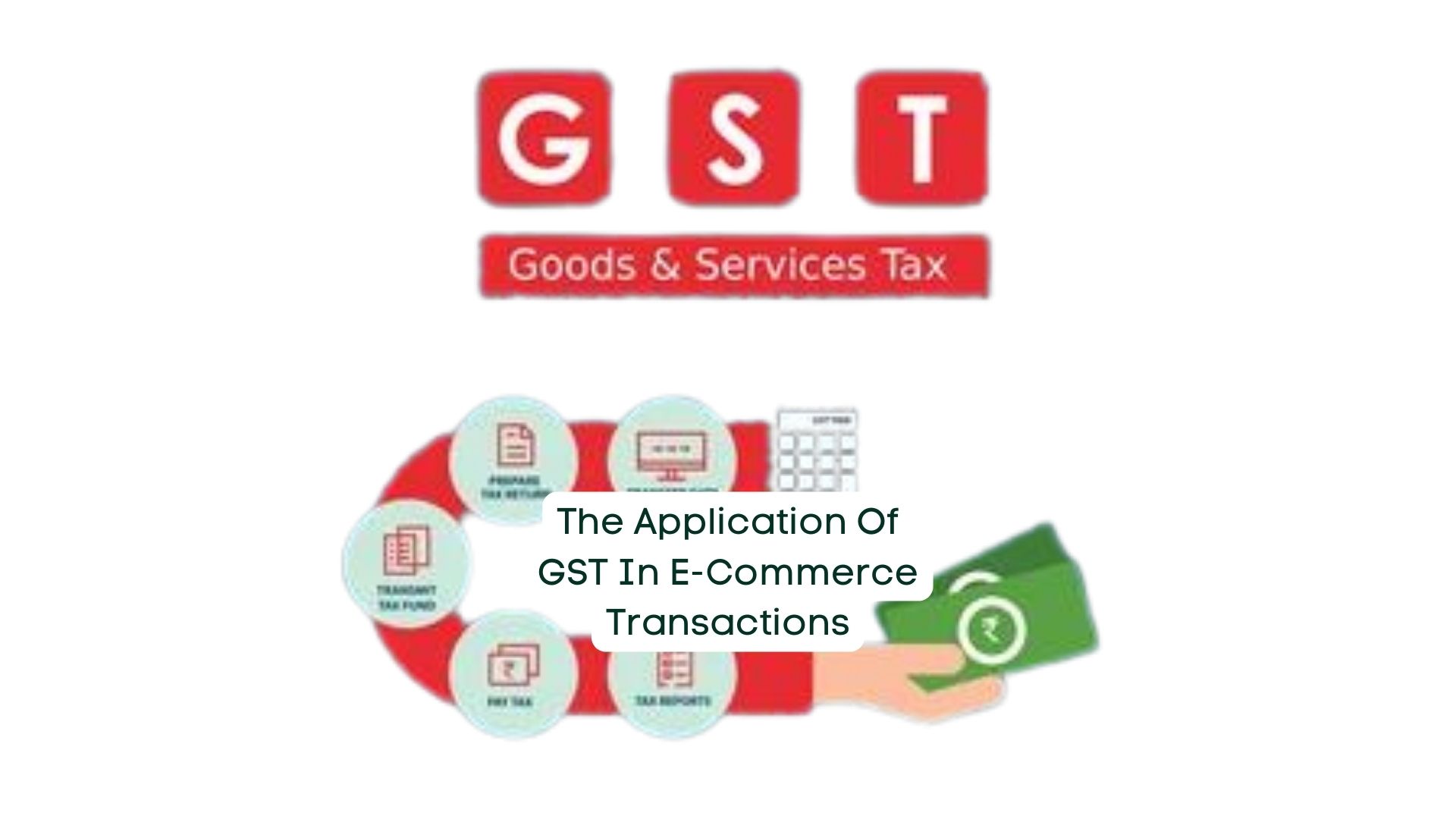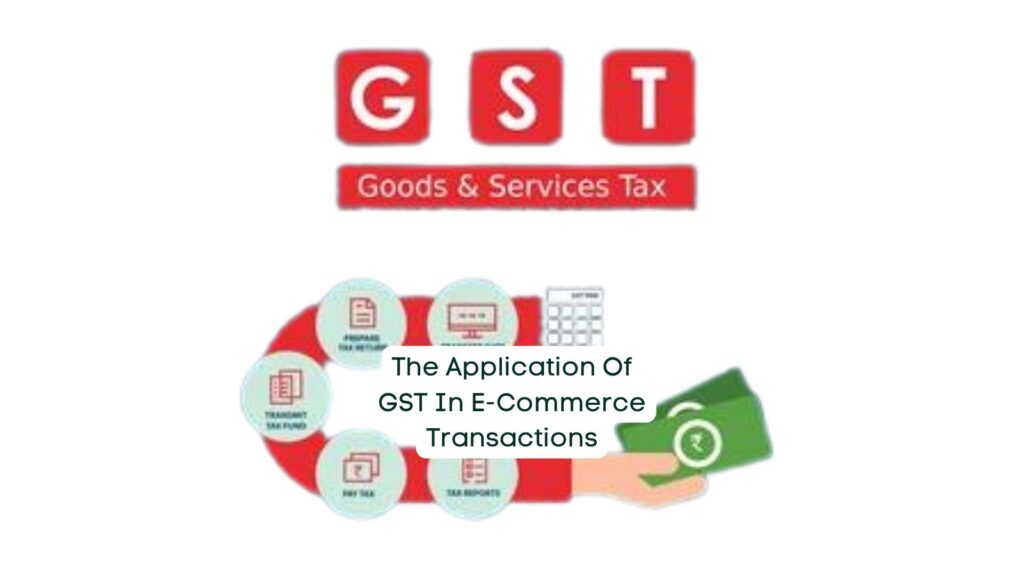
24 Feb The Application of GST in E-commerce Transactions

In the 21st century, electronic transactions have become ubiquitous, shaping the way businesses operate. With the rapid evolution of e-commerce, the government introduced significant changes through the implementation of GST to regulate transactions occurring on online platforms, which operate round the clock. These changes meant that every transaction conducted through e-commerce portals became subject to GST.
Introduction:
Electronic commerce, commonly known as e-commerce, refers to business transactions conducted over the internet. This mode of commerce facilitates the buying and selling of a wide array of goods and services, requiring only an internet-enabled device to access online platforms for various services such as purchasing tickets, making payments, and accessing financial services.
Modes of Operation:
E-commerce operates across four primary market segments:
- Business to Business (B2B): Involves direct sales of goods and services between businesses.
- Business to Consumer (B2C): Involves sales between a business and its customers.
- Consumer to Consumer (C2C): Occurs when a consumer sells goods to another consumer.
- Consumer to Business (C2B): Involves a consumer selling goods or services to a business, such as handmade crafts or textiles.
Legal Framework:
GST regulations are designed to govern consumer consumption. Both the Central and State Governments enforce GST laws concurrently. The Central Government has enacted GST Acts governing the movement of goods, distinguishing between intra-state and inter-state transactions. Additionally, Union Territories are subject to UTGST, while Integrated GST applies to interstate supplies of goods and services.
Liability for GST Payment:
According to Section 24 of the CGST Act, 2017, any individual or business engaged in e-commerce with a turnover exceeding INR 20 lakh must register for GST. Moreover, e-commerce operators (ECOs) are mandated to register for GST regardless of their service value, as per Section 24(ix) of the CGST Act, 2017. ECOs are also responsible for tax payments on behalf of suppliers, as outlined in Section 9(5) of the CGST Act, 2017. Furthermore, Section 52(1) requires e-commerce companies to collect tax only on the net value of taxable supplies, to be reported in GSTR-8.
Tax Collection Source (TCS):
E-commerce operators are obligated to collect 1% (0.5% CGST + 0.5% SGST) of the net value of taxable supplies as Tax Collection at Source (TCS). This TCS amount is to be paid to the government within ten days after the end of each month, as stipulated in Section 52(3) of the CGST Act, 2017. The amount of TCS paid by the operator is reflected in GSTR-2.
Final Considerations:
The implementation of GST has brought the e-commerce industry under government regulation. By applying uniform GST values to services provided by e-commerce providers, the government encourages local suppliers to embrace online platforms, thereby contributing to personal and economic growth.


No Comments